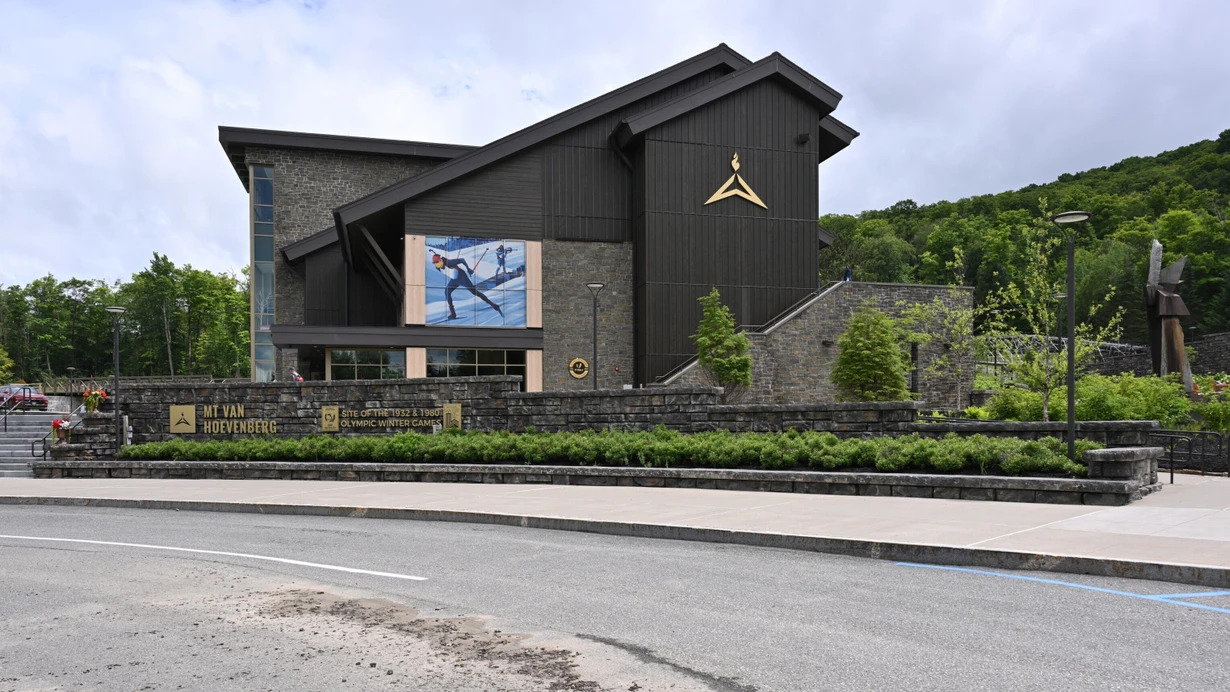This story originally appeared in New York Focus, a nonprofit news publication investigating power in New York. Sign up for their newsletter here.
ALBANY, N.Y. — This Tuesday, New Yorkers across the state will be voting for local elected officials in their cities and towns. Voters will also see one question on their ballots no matter where they live: a proposed constitutional amendment that will determine the fate of a winter sports facility in the Adirondacks.
It may not be your biggest concern in the voting booth, but the measure has puzzled many early voters, especially those who live nowhere near the Adirondacks.
Here’s a brief rundown of New York’s one statewide ballot initiative.
What’s at stake?
Should New York retroactively legalize a winter sports facility built on a protected state preserve, and in exchange acquire new land to add to the preserve?
The context:
Since the 1930s, there has been a winter sports facility on Mount Van Hoevenberg, near Lake Placid, in the Adirondack mountains. It has been used in many competitions, including two Winter Olympics in 1932 and 1980.
The facility is located in the Adirondack Forest Preserve, a Connecticut-sized swath of land that is part of the largest protected area in the lower 48 states. The New York constitution prohibits new development in the preserve, though exceptions have been made a few times to permit ski facilities.
Over the years, the Olympic sports complex at Mount Van Hoevenberg has expanded its paths and skiing facility into about 300 acres of the preserve, an area roughly half the size of Brooklyn’s Prospect Park.
This ballot question would retroactively legalize this expansion, and in return, require the state to acquire 2,500 new acres of land for the Preserve.
What will happen if the measure is approved?
Two things:
The expansion of the Mount Van Hoevenberg complex into part of the forest preserve will become legal. This wouldn’t allow development on any additional forest preserve land; it would only legalize the development that has already taken place.
The state will acquire 2,500 acres of land to add to the forest preserve.
What happens if it is rejected?
Again, two things:
The expansions of the Mount Van Hoevenberg complex into the preserve will not be legalized. But that doesn’t mean the parts of the complex built on forest preserve land will be removed. Instead, they will remain in their state of legal limbo.
The state will not acquire an additional 2,500 acres of land for the forest preserve
Why are New Yorkers voting on a development that has existed for decades?
As we said above, the Mount Van Hoevenberg facility currently exists in a state of legal limbo. The environmental group Protect the Adirondacks has threatened to sue the state based on the claim that Mount Van Hoevenberg is violating the provision of the state constitution barring development in the Preserve.
Who supports the change? Who opposes it?
Local environmental groups Protect the Adirondacks and The Adirondack Council, the organization that runs the sports facility, and others support the change.
Protect the Adirondacks says that the ballot measure would “officially authorize” the winter sports activities already happening on state land “while securing thousands of acres of new protected land in return.”
There hasn’t been much organized opposition. One New York City Councilmember has claimed the amendment would allow for “new construction on protected lands,” but this is misleading — it would legalize ski-related construction on the land the complex already sits on, but would not allow construction on protected lands beyond that.
“This doesn’t open the door for the land grab,” said Reinvent Albany Executive Director John Kaehny. “The land grab already happened, and we can’t reverse it. But we can lock in the forever wild land that we get in exchange.”
Why is the whole state voting on this when it’s a local issue?
In a word: the state constitution. Changing the status of forest preserve land requires changing the constitution, and any proposed constitutional change must be passed by the legislature twice, and then approved by a statewide vote. This measure passed the legislature in 2024 and 2025, so it now goes to the people.
More stories like this

